How Deep are Buried Utilities?
NOT TO ERR THROUGH IGNORANCE. The depth of buried utilities can vary from a few inches below the surface to more than 10 feet. Find out how deep the buried utilities are in this Content
The depth of underground lines can vary from a few inches below the surface to more than 10 feet. Even everyday tools, such as shovels, can cause serious damage if lines are not properly located before digging. Therefore, make sure you or the contractor you hire looks at all possibilities. To avoid breaking or hitting a buried public service. Make sure by scanning the area before digging. We help you accurately locate the depth of the services.
- How Deep are Buried Utilities?
- 1. What are the Depths of Buried Utilities, According to State Standards?
- 2. What is the Color coding of Buried Utilities?
- 3. The Marking Tolerance Zone for Buried Utilities
- 4. When to Call a Buried Utilities Locator?
- 5. Why Call a Buried Utilities Locator?
- 6. Conclusion
- 7. Recomendation
1. What are the Depths of Buried Utilities, According to State Standards?
Each state has its own set standard to which buried utilities must be installed, and these vary, as noted below:
- Cable or telephone lines: 1 foot or less
- Electricity: 2 – 3 feet
- Water: 2 – 4 feet
- Sewage: 2 – 6 feet
- Gas lines 2- 4 feet
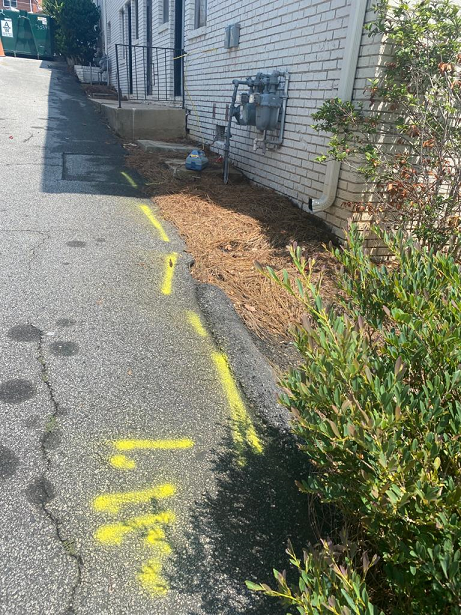
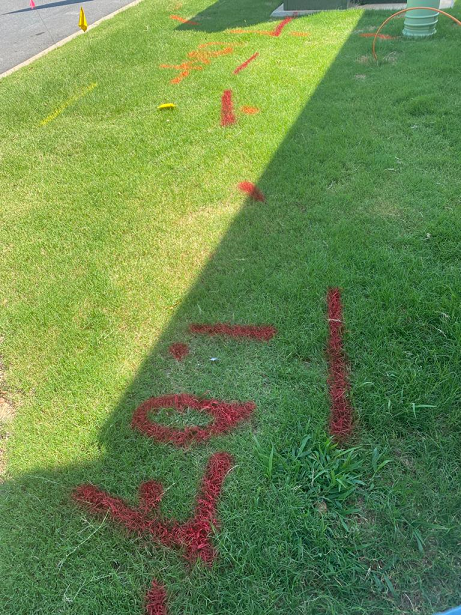
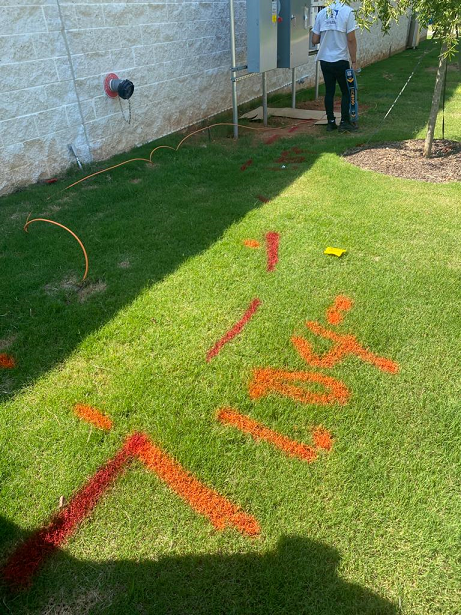
2. What is the Color coding of Buried Utilities?
Utility marking colors in the U.S. are coded according to the American Public Works Association (APWA) Uniform Color Code. They are as follows
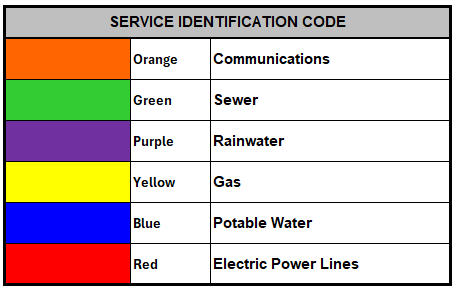
3. The Marking Tolerance Zone for Buried Utilities
The tolerance zone is a buffer on either side of a marked utility line. This zone is a warning to excavators to proceed with caution and protect underground utilities. If you must dig within this tolerance zone, use extreme caution and do so with a hand shovel. Remember that above ground markings are an approximation of where the utility may be. When marking utilities there is no way to know the exact depth of that buried facility. Over time, some lines may move closer to the surface due to erosion. Therefore, even if hand tools are used, extreme caution should be exercised when working in the tolerance zone
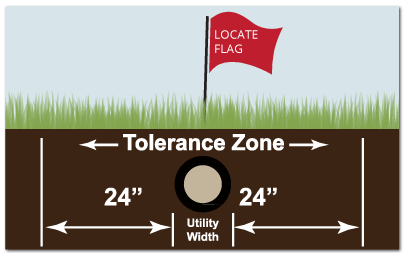
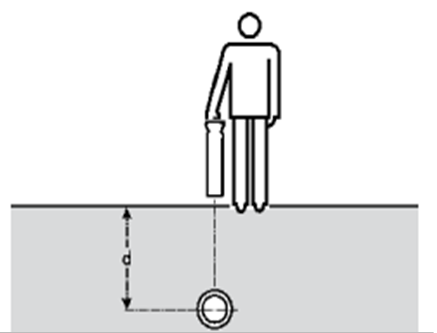
Depth measurement is made to the center of the pipe or cable.
4. When to Call a Buried Utilities Locator?
Whenever you are going to perform any type of excavation within your property, or on a project as a builder, it is imperative to locate buried utilities prior to beginning excavation.
- Building a garden pond
- Planting a tree
- Digging yard to install a sewer trench.
- Digging post holes for a fence
- Digging foundations
5. Why Call a Buried Utilities Locator?
You should call a buried utilities locator before any digging project to ensure worker safety and avoid damage to underground infrastructure. Excavating in the ground without first locating utility lines can result in:
- Injury: Workers can be injured or killed if they hit buried utilities.
- Damage: Utilities and equipment can be damaged.
- Costly Repairs: Utilities can be shut off, which can result in costly repairs.
- Work stoppage: Damage to a utility causes work to stop, resulting in lost time and unexpected expenses.
A licensed utility locator uses technology such as ground penetrating radar (GPR) and electromagnetic induction (EMI) to create a subway utility map: Contact us at (844) 756-2286 to speak with our Utility Coordinator.
6. Conclusion
In general, there is no exact depth for buried utilities; They vary by state, area (Residential – Non-Residential). In addition, the depths also tend to be altered due to erosion of the vegetation layer, due to the slope, due to the engineering design, even due to the negligence of the builder.
For this reason, it is very important to verify where and exactly how deep utilities are located before digging.
7. Recomendation
It is essential to request a scan of the area before excavating, to ensure the exact location and depth of the buried utilities. Digging in the ground without locating it can cause great losses of money and time. At this link you can request a Professional Private Locator Service
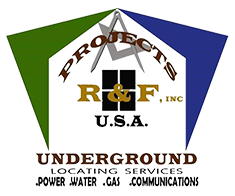
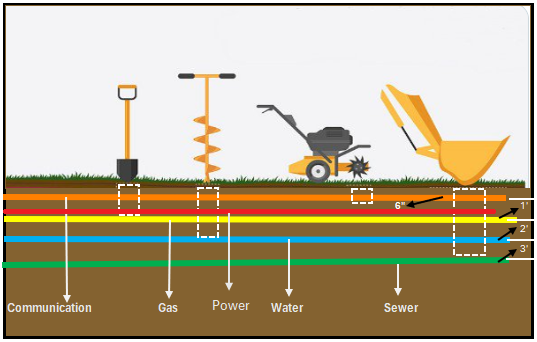
Leave a Reply